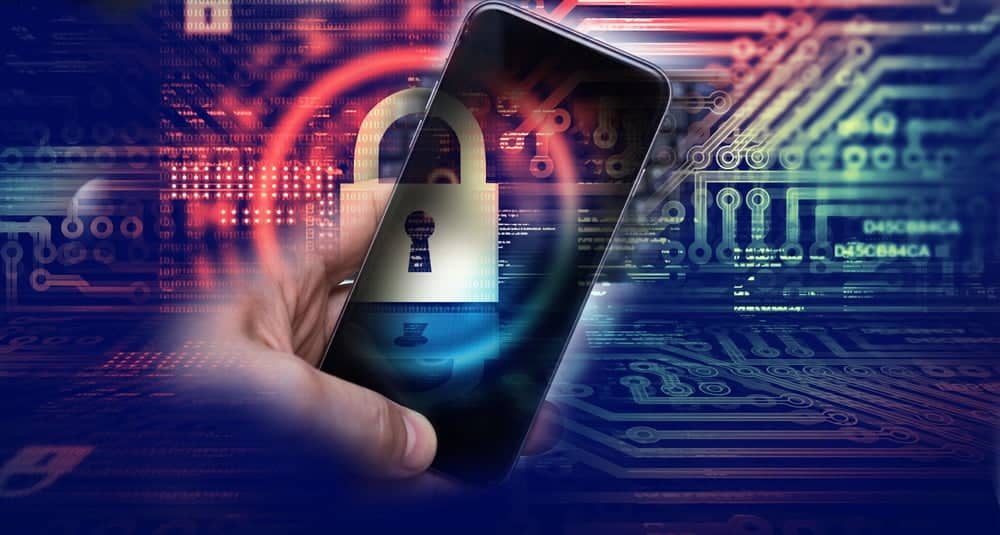Most efficient ways to secure devices
Please Share this Post
Device Security:
Securing devices effectively involves implementing a multi-layered approach that addresses various aspects of security. Here are some of the most efficient ways to secure devices:
- Keep Software Updated: Regularly update the operating system, applications, and firmware to patch known vulnerabilities and protect against exploits.
- Use Strong Authentication: Enable strong, multi-factor authentication (MFA) wherever possible to add an extra layer of security beyond passwords.
- Implement Device Encryption: Encrypt data stored on devices, including hard drives, SSDs, and removable media, to protect against unauthorized access in case the device is lost or stolen.
- Enforce Strong Password Policies: Implement policies requiring users to create strong, unique passwords and change them regularly. Consider using password managers to securely store and manage passwords.
- Deploy Endpoint Protection: Install reputable antivirus, anti-malware, and endpoint protection software to detect and prevent malicious software infections.
- Enable Firewall Protection: Activate firewalls on devices to control incoming and outgoing network traffic and block unauthorized access attempts.
- Restrict Administrative Privileges: Limit administrative privileges to only those users who require them for their job responsibilities to minimize the risk of unauthorized system changes or installations.
- Implement Mobile Device Management (MDM): For mobile devices, use MDM solutions to enforce security policies, remotely wipe data in case of loss or theft, and manage device configurations.
- Enable Remote Tracking and Wiping: Configure devices to allow remote tracking and wiping functionality so they can be located and erased if lost or stolen.
- Educate Users: Provide security awareness training to users to teach them about common threats, safe browsing habits, and how to recognize and report suspicious activity.
- Monitor and Audit Activity: Implement logging and monitoring mechanisms to track device activity and detect anomalies or security incidents.
- Backup Your User Data Regularly: Perform regular backups of important data to ensure that it can be restored in the event of data loss or ransomware attacks.
By implementing these measures, organizations and individuals can significantly improve the security posture of their devices and reduce the risk of security breaches and data compromises.

Leave a Reply